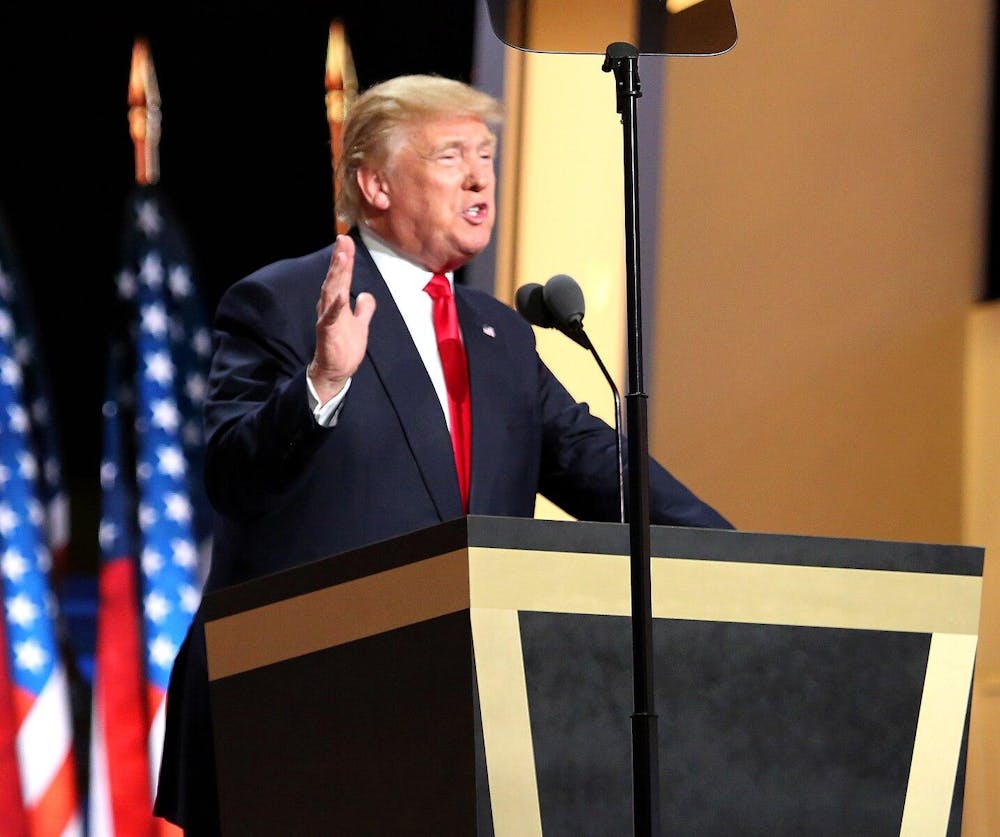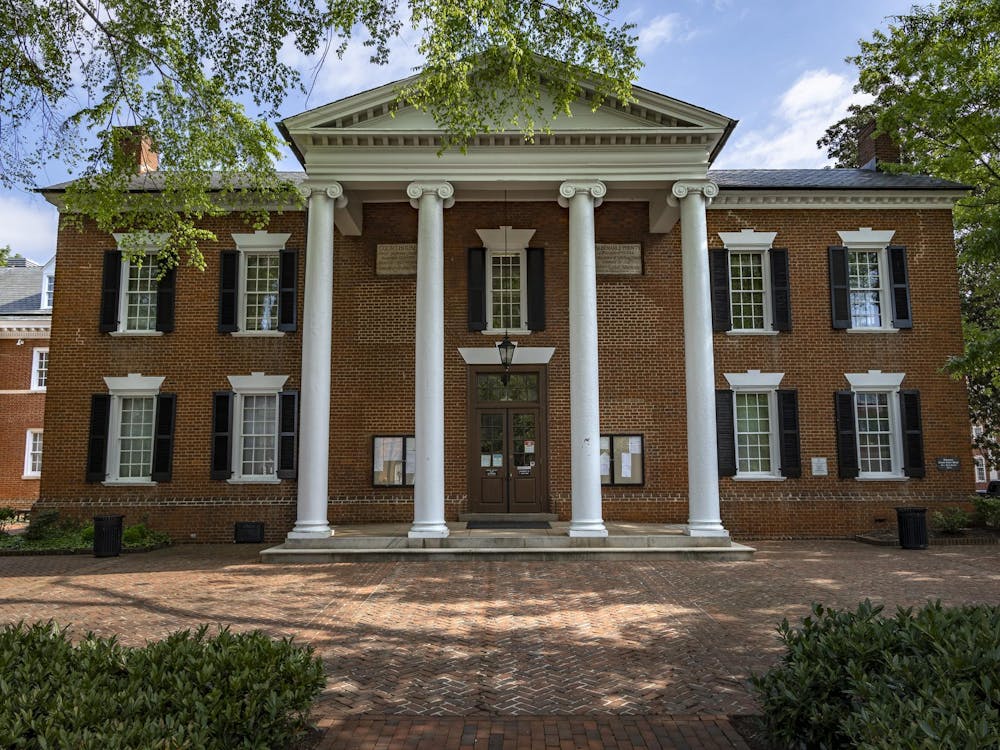The media today often takes great care to approach any given issue from an “objective” standpoint. Both sides get an equal say to frame the issue from a non-biased viewpoint. However, when one side of an issue relies on misinformation and a lack of empirical evidence, the media contributes to creating false equivalencies, which are inherent logical fallacies with no true factual merit. False equivalencies rely on slight similarities between two different items to declare them the same. They occur by giving equal footing and time to two different sides, even when there is only one supported by fact. For example, this type of false equivalency occurs if CNN hosted a debate between a flat-earther and a geologist. Often, the media fails to convey the truth of any given story because they give so much time to such logical fallacies. Instead, the media must present the real truth of stories and not give fuel to the fire that is misinformation.
One example of these false equivalencies occurred during the 2016 Presidential Election. We often heard the phrase “lesser of two evils” in relation to the two candidates — a statement that all but equated Hillary Clinton and Donald Trump. The basis of this argument was that because both candidates were flawed, their flaws were the same. However, a deep dive into the respective “flaws” shows that one candidate was flawed much more than the other. A new scandal rocked the Trump campaign every week — whether it was derogatory comments towards Hispanics, alleged housing discrimination at properties owned by the Trump family, alleged ties to the mafia, sexual assault allegations, alleged scamming through Trump University or alleged Russian interference that helped him in the 2016 election. No matter how bad the scandals were, it seemed that the press dedicated less and less time to each individual one, simply because of how many there were.
Despite all of these scandals, the Columbia Journalism Review noted that the “Clinton-related email scandals … accounted for more sentences than all of Trump’s scandals combined.” The sentences in question relate to all sentences mentioning it across what the Columbia Journalism Review defines as “mainstream media sources.” Even more striking, they cite that 65,000 sentences were written about Clinton’s email server compared to only 40,000 describing all of Trump’s scandals. The New York Times gave as much front-page coverage of Hillary Clinton’s emails in six days as it did all policy issues in 69 days. Furthermore, ABC World News Tonight, CBS Evening News and NBC Nightly News — all reputable news sources — gave over 100 minutes of airtime to Clinton’s email scandal compared to only 32 minutes to all policy issues by either candidate in the 2016 election. These false equivalencies contributed to Trump winning the presidency in 2016.
Another, possibly worse, example of false equivalence has occurred for decades. Climate change and its coverage in the news often gives voice to climate deniers — as if there wasn’t simply one set of facts that confirm that climate change is undoubtedly real. In the past few decades, media conglomerates have put reputable climate scientists on the same footing as conspiracy theorists and climate deniers. In truth, the scientific community is in clear consensus that climate change is caused by humans and will have an apocalyptic effect on the earth. Bill Nye criticized the media for pursuing a ‘balance of viewpoints,’ saying on CNN that “you’re doing a disservice by having one climate change skeptic, and not 97 or 98 scientists or engineers concerned about climate change.” Because of the media’s pursuit of presenting both sides, in 2016 only 48 percent of Americans believed that climate change was mostly caused by human activity despite the scientific community’s overwhelming empirical evidence.
A recent piece written by the Washington Post’s Editorial Page Editor, Fred Hiatt, equates Bernie Sanders’ proposed climate solutions to Trump’s rejection of climate science. The piece is headlined “How Donald Trump and Bernie Sanders both reject the reality of climate change.” While it is reasonable to disagree on how to address climate change, to compare proposed policies to a rejection of fact is a disgustingly dangerous affront to action. An artificial debate created by the press like this foments doubt over the need for change. In pieces like these, the media stave off any true efforts to combat real issues like climate change. Giving breath to climate skepticism and conspiracy theorists like Trump, the media deals a crippling blow to any sort of needed action.
There are two sides to every issue, but the facts may only support one side. As Aaron Sorkin, executive producer of the West Wing and the HBO series Newsroom, said, “If the entire House Republican caucus were to walk onto the floor one day and say ‘The Earth is flat,’ the headline on the New York Times the next day would read 'Democrats and Republicans Can’t Agree on Shape of Earth.” The media has abandoned its responsibility in the interest of promoting ‘fairness.’ In this pursuit, they have abandoned true objectivity and their allegiance to facts. They have a duty that they are failing to fulfill. In truth, they need to abandon this desire to appear fair in order to properly give the information and facts that people need. They have an obligation to call out and decry lies when they are uttered.
Jeremy Siegel is an Opinion Columnist for The Cavalier Daily. He can be reached at opinion@cavalierdaily.com.
The opinions expressed in this column are not necessarily those of The Cavalier Daily. Columns represent the views of the authors alone.







